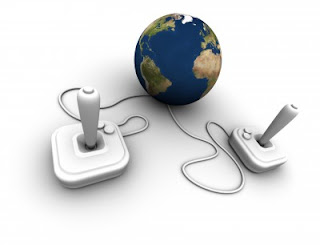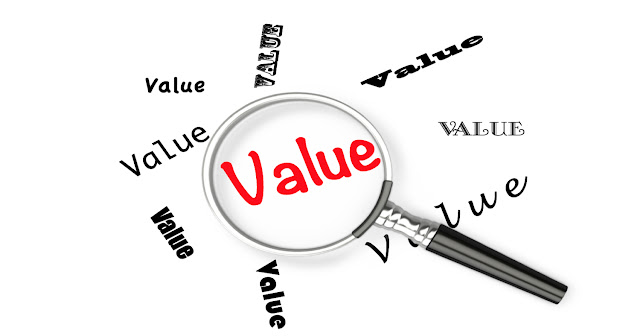Machine translation has been a great boost for the translation industry, but few believe that it is as good as a human translator. Machine translations have not yet taken over as the main way of facilitating a translation. Virtually all human translators use tools available through machine translation websites. Here are five examples of free tools that translation services can use to improve their work.
Google drive
Google Drive has turned out to be an extremely useful tool for freelancers who are translators, especially when they have to communicate with clients from the other side of the world. Sometimes it is necessary for two translators to work on one document translation, even if it is just for proofreading purposes. The added bonus is that the ‘track changes’ facility can be used so that the other person working on the document can see the changes.
Dropbox
Dropbox is an internet tool that surpasses email because it can handle far larger files which are easy to load and access. It is particularly useful for closing up distances between people as whoever you give access privileges too these people can share any of the files you choose.
WordPress
WordPress is a website tool that is just suitable for freelance translation services that are great at what they do and want to share it with the world and attract more clients. A translator can compile a brochure featuring examples of work and write a blog too on developments in the translation industry. Contact details can be provided and a place for comments as well. This is a great way for a freelance document translation provider to get firmly established in the translation world.
Skype
This is the all-in-one tool that connects the world. A translator can talk directly with a client; send attachments and text messages at no cost at all if Skype addresses have been shared. Skype uses what is called VOIP technology to link up individuals and translators globally as long as the two parties are connected to the Internet.
Pixabay
A freelance translator who has his or her own website may wish to add images to brighten up the content. Pixabay is just the answer and it does not cost anything but has a stock of more than 490,000 photos and art illustrations available for freelance translators to access and use.











